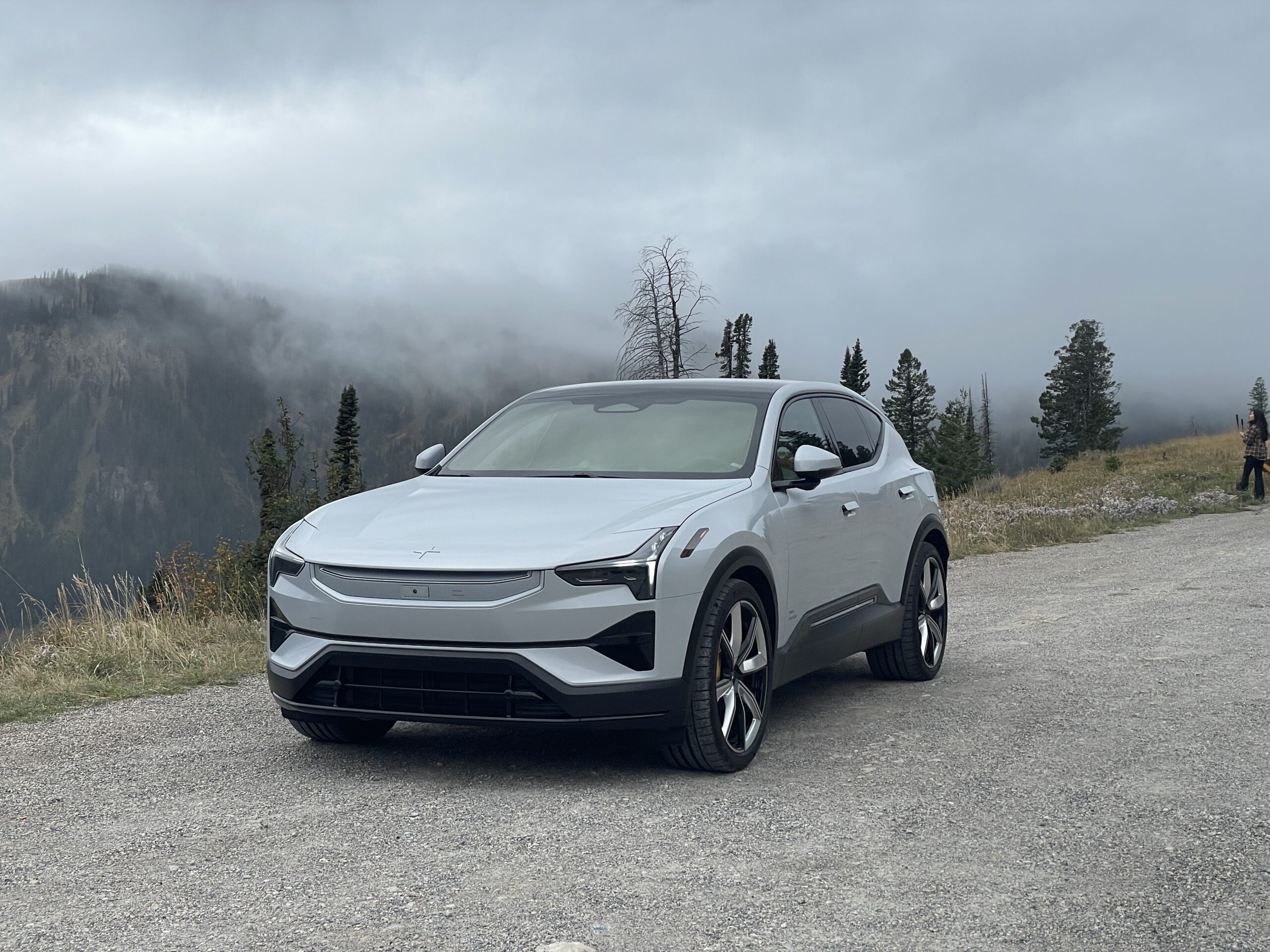Sign up for daily news updates from CleanTechnica on email. Or follow us on Google News!
A new national blueprint details how the climate, public health, and economic benefits of clean transportation investments can best reach and serve frontline communities. The recommendations can help ensure state agencies, advocates, and community members work together to access and equitably implement the $100 billion available to increase charging infrastructure throughout the country from the Inflation Reduction Act and the Bipartisan Infrastructure Law.
These five principles are crucial to advancing environmental justice and racial justice in electric mobility to remedy past and present inequities:
Equity and Justice: Similar to climate investments, 40% of transportation investments should be prioritized to reach and benefit underserved communities in ways that are both measurable and enduring.
To meet Justice40 requirements, government agencies must invest in outreach, public education, community engagement, program evaluation and shared decision-making. Outreach and engagement methods should be tailored to the community they’re serving. This includes multilingual public workshops, vehicle test drives, and additional methods outlined in the Neighborhoods First Engagement Model to build trust, empower residents, and ensure their priorities are incorporated throughout.
Examples: The California Climate Investments Program ensures 35% of investments go directly to “Priority Population” and evaluates them through a “Benefits” checklist. The Oregon Department of Transportation’s Community Charging Rebates program reserves 70% of funds for projects in underserved and rural communities, providing education and technical assistance to reduce access barriers.
Emissions Reductions: Increasing access to practical alternatives to driving and electrifying all modes of transportation is critical to reduce emissions by 52% by 2030.
Agencies must prioritize innovative multimodal projects that support the transition to transportation electrification. Programs such as electric carsharing, ridesharing, and bikesharing can increase mobility options in underserved communities while also reducing local GHG emissions. Such mobility options and those that meet ADA requirements should be prioritized at or near affordable housing and local senior centers.
Examples: The Advanced Clean Cars rule and the Advanced Clean Trucks rule, adopted in multiple states, demonstrate how states can mandate the transition to transportation electrification. Programs like Clean Cars 4 All support community access to electric transportation to help low-and moderate-income households replace older polluting vehicles with EVs and other clean mobility options.
Affordable Access for All: Low-income and rural households bear the highest transportation costs, and many still struggle to get to work and school. Our nation’s transportation investments must provide reliable alternatives to driving and improve the affordability of sustainable mobility options.
Communities across the country have unique transportation needs and agencies can address them by providing varied affordable transportation options. Transportation programs should reduce costs to vehicle ownership and provide options that don’t require individual ownership of vehicles. This could be done through incentives for EVs, electric ridesharing and electric transit.
Examples: EV incentive programs such as those in Colorado, California, Illinois and Oregon reduce the upfront cost of EVs for underserved communities. Colorado’s E-Bike Rebate program offers these communities a more affordable option. Seattle City Light Multifamily Electric Vehicle Charging Rebate covers 100% of project costs at affordable housing properties for low-income residents.
Health and Safety: Underserved communities, youth, elderly, and other vulnerable populations are disproportionately harmed by our transportation system. Transportation investments need to substantively and rapidly decrease harm from car crashes and air pollution. Investments in the supply chain must also direct benefits to impacted communities and avoid causing or exacerbating harm.
Federal and state agencies should promote projects that advance safety and address the transportation-related pollution that underserved communities face, including safe routes to school programs and electric transit projects.
Example: The Bus2Grid Initiative in Illinois Williamfield School District combines electric school buses with the benefits of bidirectional electric school buses to support community access to energy in case there are grid issues.
Wealth Building: Government contracts, investments and jobs should be allocated through a transparent, accountable and equitable process that mitigates racial, urban-rural divide and economic inequities.
States, agencies and transportation companies should develop transition support funds and services to ensure that transportation workers get training, avoid layoffs and can switch to EV-related and other clean energy jobs. Additionally, accessible low and no-cost transportation options should be planned and developed near major commercial areas extending out to unincorporated areas to help families save money on commutes and gain access to higher-paying jobs.
Developed by Forth and the Greenlining Institute these recommendations synthesize three years of collective learnings from the TEEM (Toward Equitable Electric Mobility) Community of Practice, which includes over 30 grassroots and environmental organizations across five cohort states: Colorado, Illinois, Michigan, North Carolina, and Virginia.
A detailed list of recommendations and implementation examples can be found here.
Advocates and partners interested to strengthen the collective call for equitable electric mobility can sign-on to join our current signatories.
- By Samikchhya Bhusal, TEEM Policy Manager, Forth and
- Isa Gaillard, Senior Program Manager for Capacity Building at the Greenlining Institute
Article from Forth.
Have a tip for CleanTechnica? Want to advertise? Want to suggest a guest for our CleanTech Talk podcast? Contact us here.
Latest CleanTechnica.TV Videos
CleanTechnica uses affiliate links. See our policy here.





